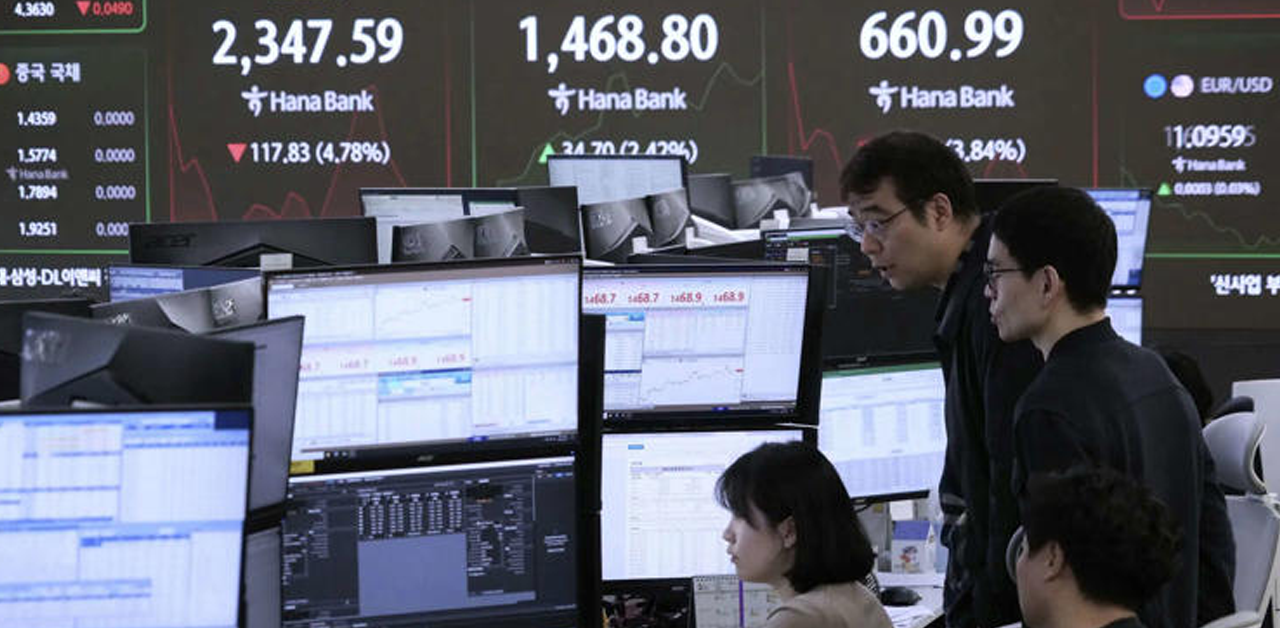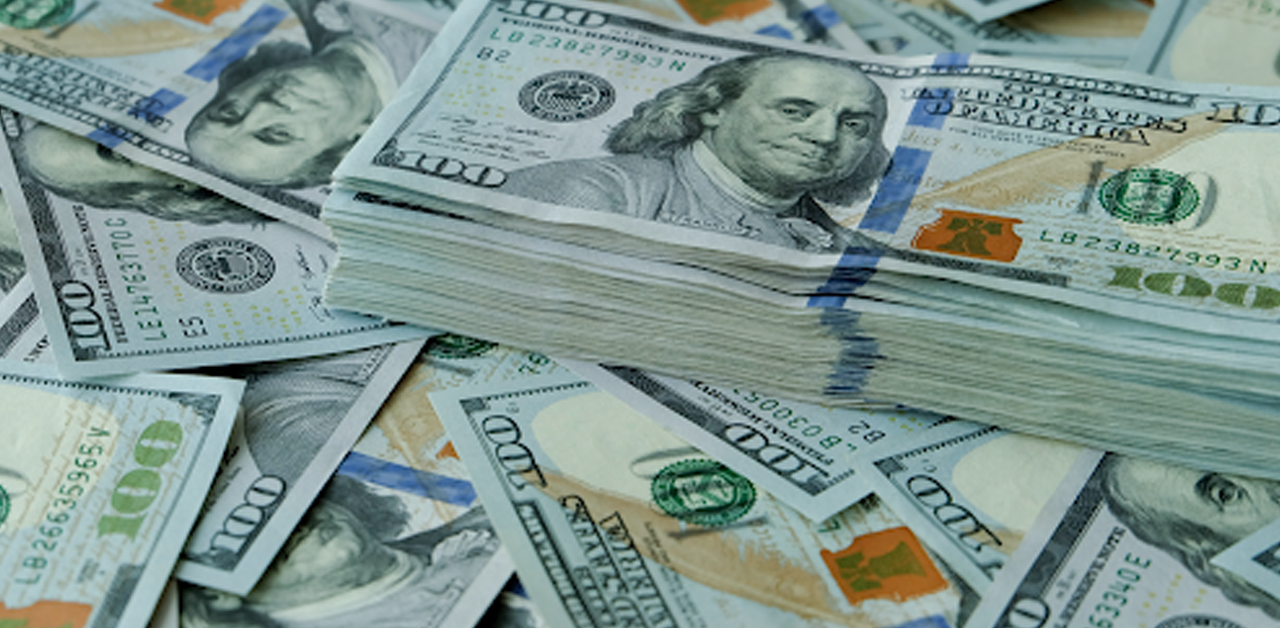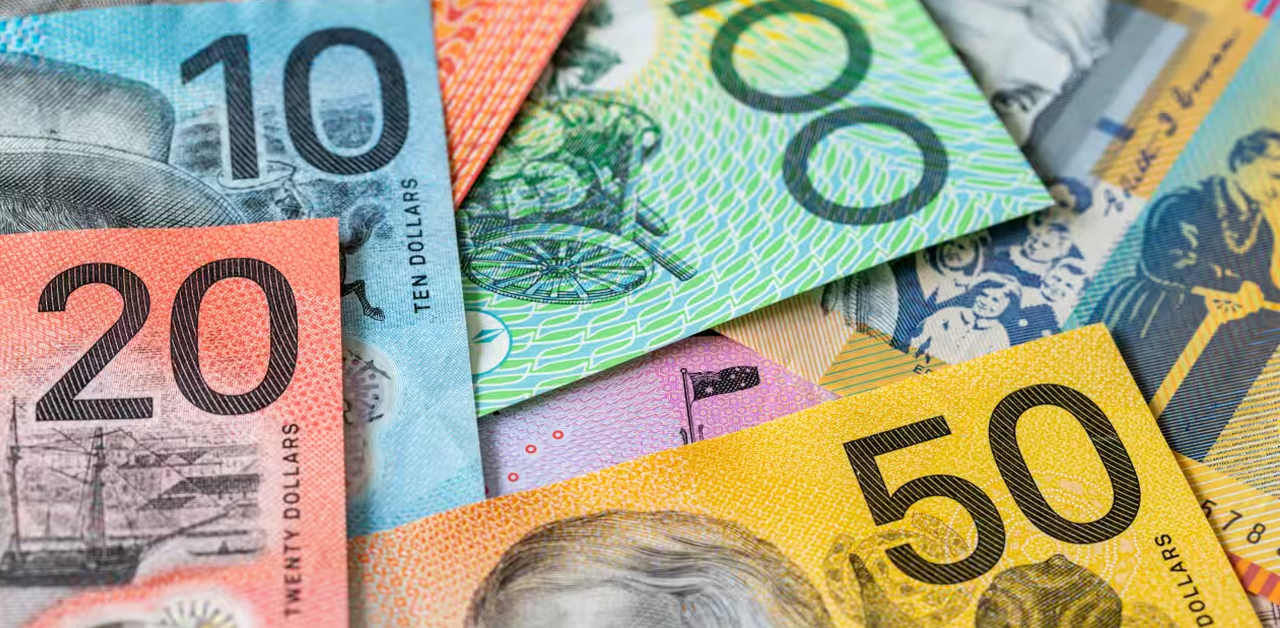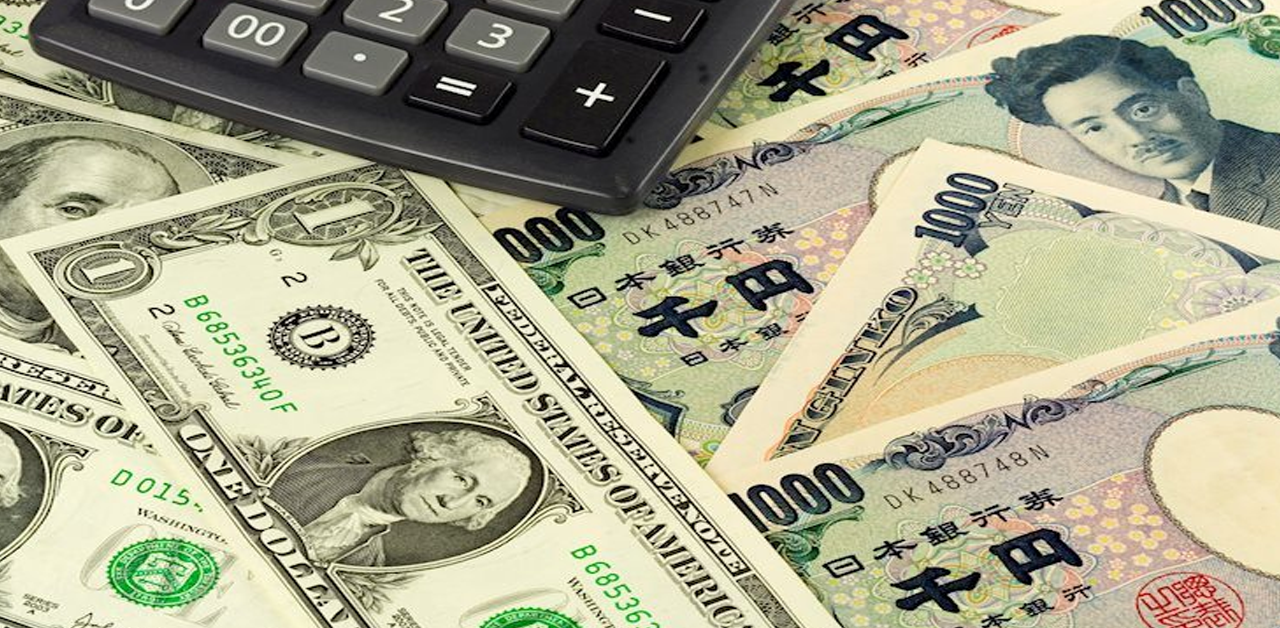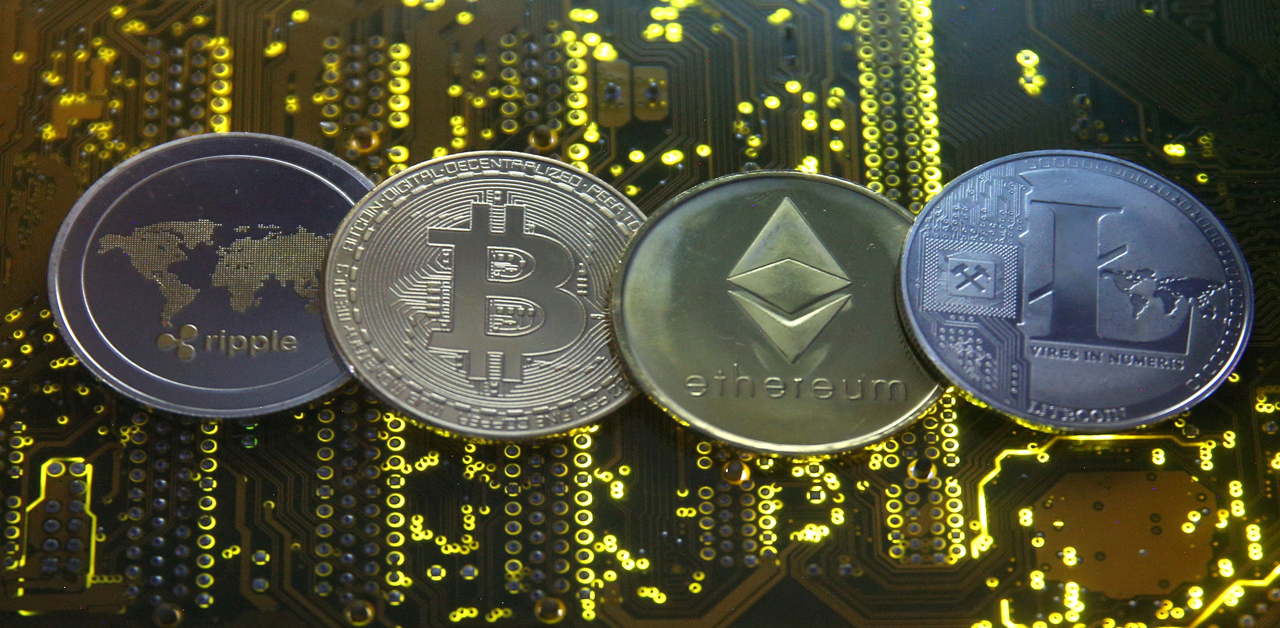Japanese Yen Consolidates Against USD, Hovers Near Lowest Level Since Early August
The Japanese Yen (JPY) continues its sideways consolidation against the US Dollar (USD), remaining near its lowest level since early August during Monday’s early European session. Comments from Japanese Prime Minister Shigeru Ishiba last week, which were critical of further monetary tightening, have dampened expectations for additional rate hikes by the Bank of Japan (BoJ). This, combined with a generally positive risk sentiment in global markets, has weakened demand for the safe-haven JPY.
Meanwhile, the USD holds steady near a two-month high reached last week, supported by expectations of less aggressive policy easing from the Federal Reserve (Fed). However, despite the strong USD, the Fed is still anticipated to lower interest rates by 25 basis points in November, contrasting with the BoJ’s likely continuation of its rate-hiking cycle. This divergence in policy is preventing traders from making fresh bullish bets on the USD/JPY pair.
Market Sentiment: Yen Traders Hesitate Amid Mixed Signals
The futures market indicates less than a 50% chance that the BoJ will raise rates by 10 basis points before year-end, following Prime Minister Ishiba’s dovish tone in early October. Additionally, Japan’s economic data, including a drop in real wages for the first time in three months and declining household spending, along with easing price pressures from raw material costs, raises doubts about how aggressively the BoJ will pursue further rate hikes.
Meanwhile, China’s finance ministry signaled potential increased debt issuance to support its domestic economy, but provided few details about stimulus plans. Despite this, investors remain optimistic that comprehensive measures will be introduced to stabilize key sectors, buoyed by the recent rally in US equity markets, which hit record highs last Friday.
In the US, September’s Producer Price Index (PPI) data revealed a 1.8% rise in the headline figure and a 2.8% increase in the core measure on a yearly basis, both slightly exceeding expectations. Combined with last week’s hotter-than-expected US consumer inflation data, this has reduced the likelihood of another large rate cut by the Fed in November, strengthening the USD. That said, the Fed is still expected to continue lowering rates due to signs of labor market weakness, while the BoJ remains on course to hike rates again by year-end, which limits the upside for the USD/JPY pair.
Technical Outlook: USD/JPY Positive Bias Holds Above 148.00
From a technical perspective, the USD/JPY pair recently broke through its 50-day Simple Moving Average (SMA) for the first time since mid-July and climbed above the 38.2% Fibonacci retracement level of its July-September decline. This breakout, along with positive signals from daily chart oscillators, suggests that the pair’s path of least resistance is to the upside. A move above last week’s high around the 149.55-149.60 region would confirm the bullish bias, potentially pushing prices towards the 150.00 psychological level, and possibly extending towards the 50% Fibonacci level near 150.75-150.80.
On the downside, any significant dip below the 149.00 mark is likely to attract buying interest around the 148.55 region, which should limit losses near 148.00. A decisive break below this level could trigger technical selling, dragging the pair toward intermediate support at 147.35 and potentially down to 147.00 or 146.50.


